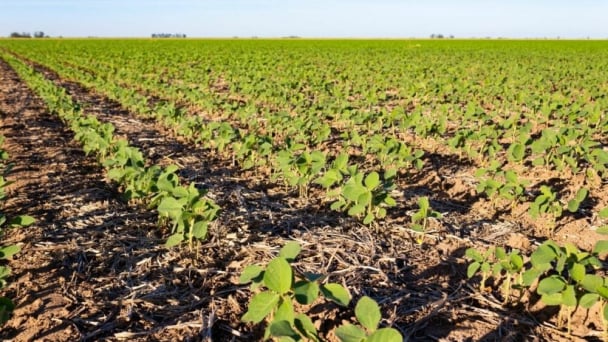May 20, 2025 | 08:17 GMT +7
May 20, 2025 | 08:17 GMT +7
Hotline: 0913.378.918
May 20, 2025 | 08:17 GMT +7
Hotline: 0913.378.918
Half of the world's 75 poorest countries are experiencing a widening income gap with the wealthiest economies for the first time this century in a historical reversal of development, the World Bank said in a report on Monday.
The differential between per capita income growth in the poorest countries and the richest has widened over the past five years, according to the report.
"For the first time, we see there is no convergence. They're getting poorer," Ayhan Kose, deputy chief economist for the World Bank and one of the report's authors, told Reuters.
"We see a very serious structural regression, a reversal in the world ... that's why we are ringing the alarm bells here," he said.
The report said the 75 countries eligible for grants and zero-interest loans from the World Bank's International Development Association (IDA) risk a lost decade of development without ambitious policy shifts and significant international aid.
Kose said growth in many IDA countries had already begun to taper off in these countries before the COVID-19 pandemic, but it would be just 3.4% in 2020-2024, the weakest half-decade of growth since the early 1990s. Russia's invasion of Ukraine, climate change, increases in violence and conflict also weighed heavily on their prospects.
More than half of all IDA countries are in Sub-Saharan Africa; 14 are in East Asia and eight are in Latin America and the Caribbean. Thirty-one have per capita incomes of less than $1,315 a year. They include the Democratic Republic of Congo, Afghanistan and Haiti.
One in three IDA countries is poorer now than on the eve of the pandemic. IDA countries account for 92% of the world's people who lack access to a sufficient quantity of affordable, nutritious food. Half of the countries are in debt distress, meaning they are unable to service debt or are at high risk of not being able to.
And despite their young populations - a demographic boon at a time when populations were aging nearly everywhere else, rich natural resources and abundant solar-energy potential, private and government creditors had been backing away from them.
U.S. Treasury Undersecretary Jay Shambaugh raised concerns about the worsening situation last week, warning China and other emerging official creditors against free-riding by curtailing loans to low-income countries just as the IMF or multilateral development banks were pouring funds in.
(Reuters)

(VAN) Fourth most important food crop in peril as Latin America and Caribbean suffer from slow-onset climate disaster.

(VAN) Shifting market dynamics and the noise around new legislation has propelled Trouw Nutrition’s research around early life nutrition in poultry. Today, it continues to be a key area of research.

(VAN) India is concerned about its food security and the livelihoods of its farmers if more US food imports are allowed.

(VAN) FAO's Director-General emphasises the need to work together to transform agrifood systems.

(VAN) Europe is facing its worst outbreak of foot-and-mouth since the start of the century.

(VAN) The central authorities, in early April, released a 10-year plan for rural vitalization.

(VAN) Viterra marked a significant milestone in its carbon measurement program in Argentina, called Ígaris, reaching 1 million soybean hectares measured.